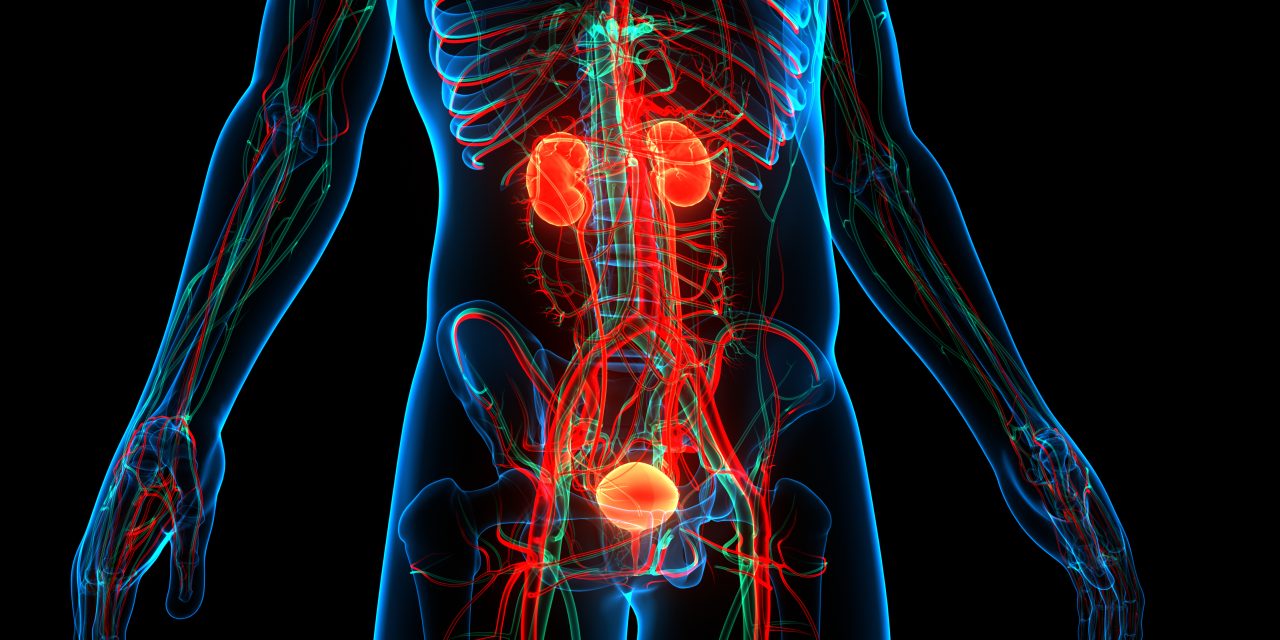This examination states that All patients had a preoperative registered tomography (CT) check, none of which were preoperatively deciphered to exhibit uncommon splenic position. All patients had supracostal upper post access under fluoroscopic direction. Lots were well enlarged to 30F. First settled during the 1970s, percutaneous nephrolithotomy (PCNL) has become the favored method for evacuation of renal calculi that are >2 cm or staghorn in actual setup. PCNL can likewise be utilized for enormous stones when extracorporeal stun wave lithotripsy or ureteroscopy are ineffective. Rather than these mediations, PCNL shows higher without stone pace of >90% and low retreatment rates.1–3 However, entanglements can happen from percutaneous renal access, including dying, transient fever, septicemia, extravasation of pee, and injury to adjoining structures. It has been pushed that supracostal access is ideal in specific circumstances, remembering for the extraction of staghorn calculi, prevalent caliceal, and ureteral stones. Notwithstanding, the danger of injury to neighboring designs may likewise be increased.5–8 This has been related with iatrogenic difficulties, including wounds to the pleura, lung, liver, and colon.8,9 Although these entanglements are all around archived, few have been distributed on splenic wounds.
Reference link- https://www.liebertpub.com/doi/10.1089/end.2020.0076


